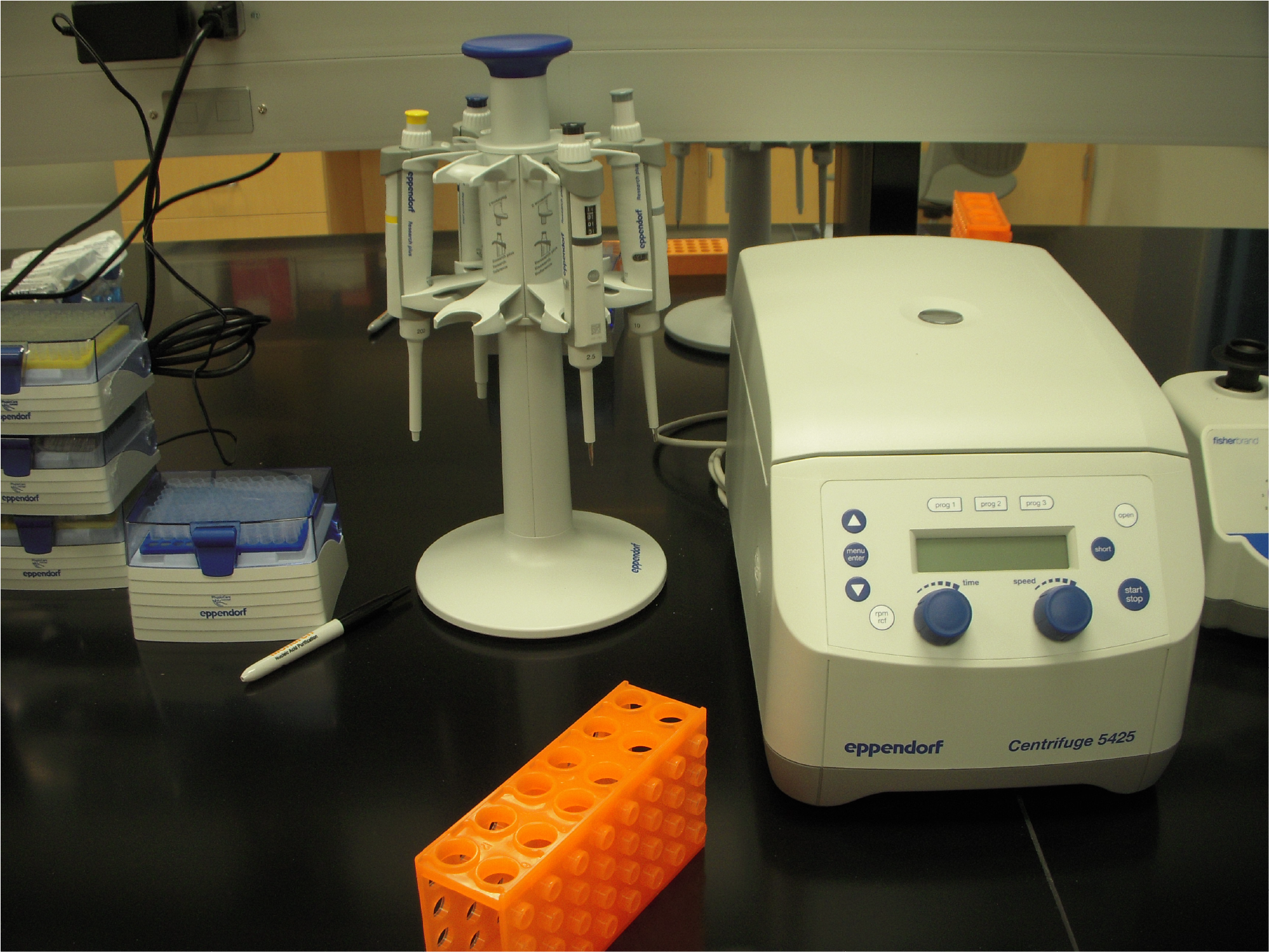Written by Austin Herbert
8/27/21 – The poly-adenylation of RNAs is a ubiquitous mechanism in all eukaryotes. It facilitates the cellular localization of transcripts and contributes to transcript fate. We discussed a recent publication by Tudek and Krawczyk et al. on poly-A tail metabolism using yeast (Saccharomyces cerevisiae) as a model organism. Using functional studies, Tudek and colleagues were able to measure the effects of knocking out poly-adenylation enzymes via direct RNA sequencing on a nanopore platform. They illustrated the efficacy of this newly developed direct RNA sequencing platform in comparison to conventional methods of RNA sequencing and then used it to assess poly-A metabolism under different conditions. They demonstrated that there is no significant difference between the length of poly-A tails in non-coding RNAs (ncRNAs) and coding mRNAs. They also demonstrated that the level of expression played a significant role in the poly-adenylation of a transcript. Highly expressed genes were rapidly exported from the nucleus and had their poly-A tails metabolized via PAN2/3, while genes with lower expression levels were slowly exported from the nucleus and had their poly-A tails metabolized via CCR4-NOT. Overall, I would have liked to see this group evaluate potential intrinsic factors of the mRNAs that influence which enzyme and poly-A metabolic pathways determine its fate.
